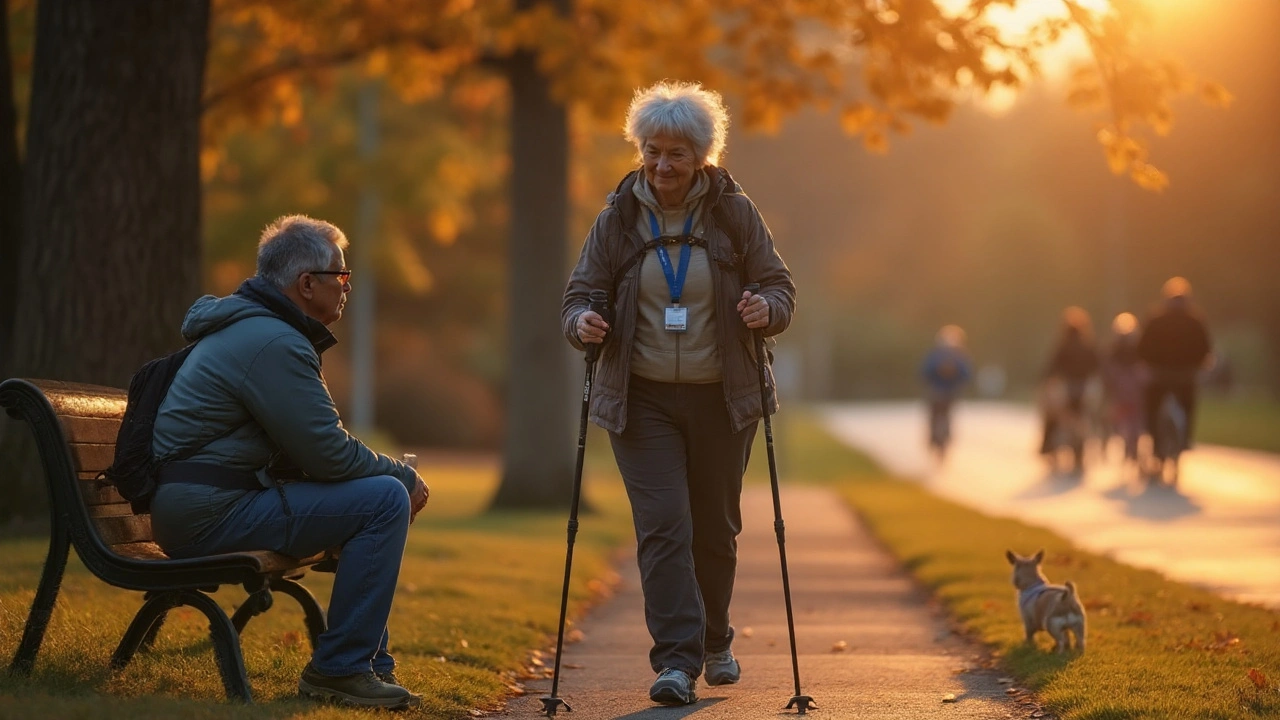Pulmonary Rehabilitation: Your Practical Guide to Better Breathing
If you or someone you know struggles with shortness of breath after a lung condition, pulmonary rehab can feel like a lifeline. It isn’t just fancy therapy – it’s a set of real‑world tools that help you breathe easier, move more, and enjoy everyday activities again.
Core Components of Pulmonary Rehab
The program usually mixes three key parts: exercise training, education, and nutrition advice. Exercise isn’t about marathon runs; it’s tailored walks, light cycling, or simple resistance moves that get your lungs working without overexertion. Education sessions teach you how inhalers work, ways to manage flare‑ups, and tricks for conserving energy during chores.
Nutrition matters too. A balanced diet with enough protein supports muscle strength, which in turn helps the breathing muscles stay strong. Your rehab team will point out foods rich in antioxidants – think berries, leafy greens, and nuts – that can reduce lung inflammation.
Getting Started at Home
You don’t need a fancy gym to begin. Start with a 5‑minute walk around your living room or backyard, then add a minute each day. Pair the walk with deep‑breathing drills: inhale through the nose for four counts, hold two, exhale slowly through pursed lips for six. This simple routine improves lung capacity and reduces panic when you’re out of breath.
Strength training can be as easy as lifting a water bottle or using resistance bands while watching TV. Aim for two sessions per week, focusing on legs and arms – stronger limbs mean less strain on your chest during daily tasks.
Track your progress with a notebook or phone app. Write down the distance walked, minutes exercised, and how you felt afterward. Seeing numbers improve motivates you to keep going and gives your therapist useful data for adjustments.
If you have COPD, asthma, or recovering from lung surgery, talk to your doctor before starting any new routine. They can confirm that your target heart rate is safe and may prescribe supplemental oxygen if needed during exercise.
Support matters. Join an online forum or local group where members share success stories, setbacks, and encouragement. Hearing how others managed a tough day can give you fresh ideas for coping.
Remember, pulmonary rehabilitation isn’t a quick fix; it’s a steady process that builds over weeks and months. Celebrate small wins – like climbing one extra flight of stairs or breathing without wheeze during a grocery run. Those victories add up to big improvements in quality of life.
